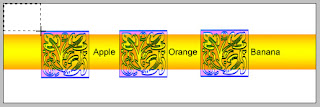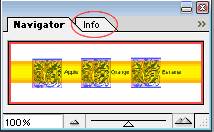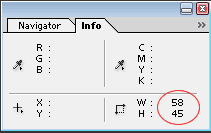Simple, just make one of them in <IFRAME>. For example, you need these two types in one web page:
<!DOCTYPE html PUBLIC "-//W3C//DTD XHTML 1.0 Transitional//EN" "http://www.w3.org/TR/xhtml1/DTD/xhtml1-transitional.dtd">
AND
<!DOCTYPE HTML PUBLIC "-//W3C//DTD HTML 4.01 Transitional//EN">
Which one to be in IFRAME and which one to be in main frame?
It is recommended to make the one with looser requirement in the main frame. I would pick the HTML 4.01 one in my main frame. How about you?
Read More »
<!DOCTYPE html PUBLIC "-//W3C//DTD XHTML 1.0 Transitional//EN" "http://www.w3.org/TR/xhtml1/DTD/xhtml1-transitional.dtd">
AND
<!DOCTYPE HTML PUBLIC "-//W3C//DTD HTML 4.01 Transitional//EN">
Which one to be in IFRAME and which one to be in main frame?
It is recommended to make the one with looser requirement in the main frame. I would pick the HTML 4.01 one in my main frame. How about you?





